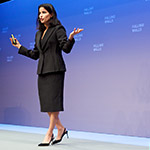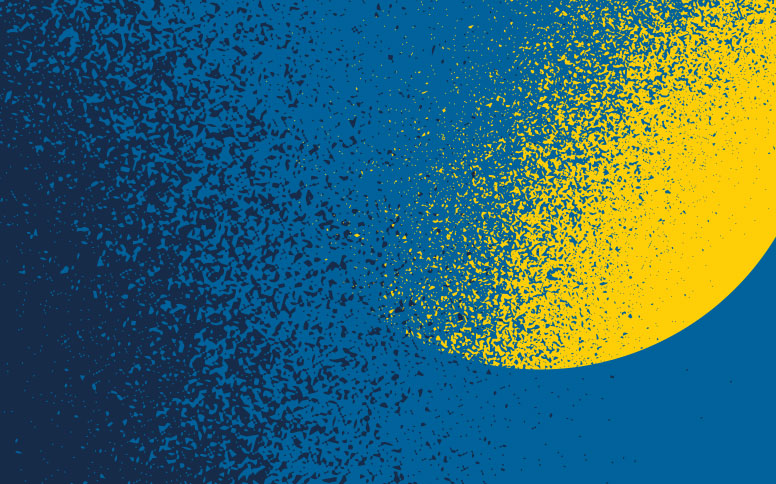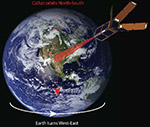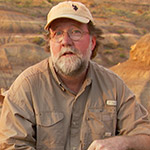Adah Almutairi Breaks Down Barriers at Berlin’s “Falling Walls” Conference
Adah Almutairi is a polymer chemist. But if you give her a blank look at the mere mention of “polymers,” she might quickly change that to say she’s a “construction worker… on the nano scale” or a “plastics chemist,” the term she used to introduce herself at the recent Falling Walls conference in Berlin.
















